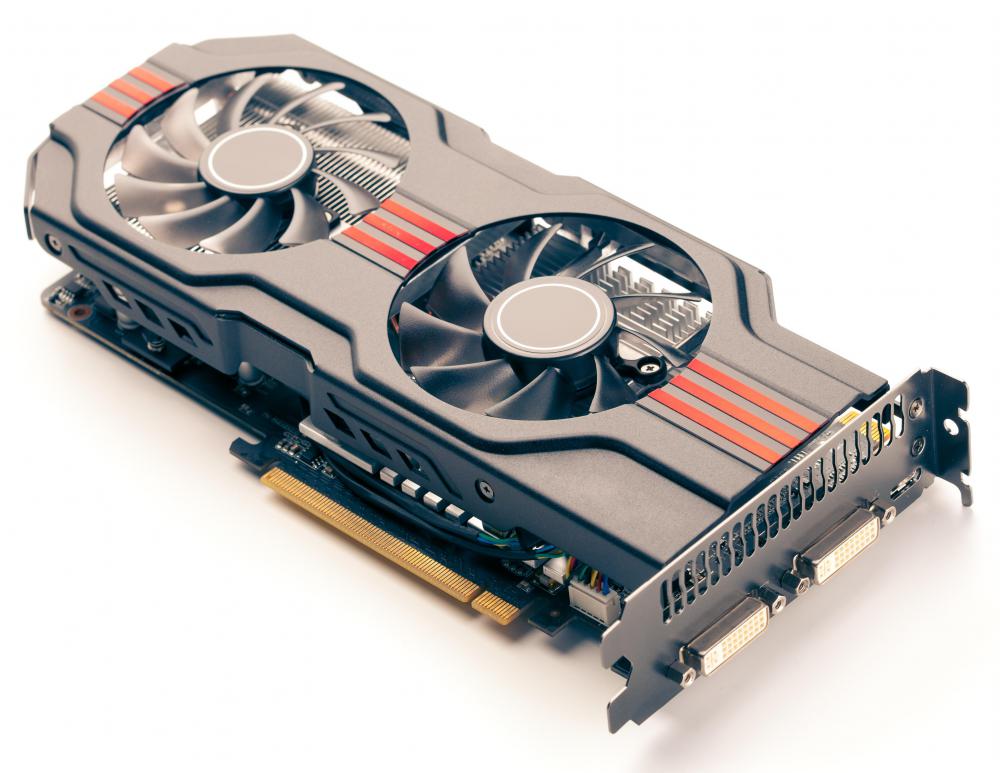At WiseGEEK, we're committed to delivering accurate, trustworthy information. Our expert-authored content is rigorously fact-checked and sourced from credible authorities. Discover how we uphold the highest standards in providing you with reliable knowledge.
What is a Mini Video Card?
A mini video card is an electronic device that powers the graphics display within computers, laptops, and other handheld devices. By design, it is created exactly in the same fashion as a normal video card, with the only difference being the total size involved and the power usage. Mini video cards are made much smaller so that they can fit inside miniature computers, cellular phones, gaming devices, and readers. The main drawback of the mini video card is that it does not have the equivalent processing power of full sized models, so the graphical implementations are often limited.
Consumer demand drove the invention of the mini video card. Consumers actively sought portable devices that would allow them to connect to social networking websites and to check email, yet a laptop was considered too cumbersome for everyday usage. Microprocessors solved part of that equation by allowing manufacturers to create handheld devices that could run simple Internet applications, but for the most part the graphics were not good. Technicians then realized that by simplifying a video card down to its basic components, it could be made much smaller while still providing rich color combinations.

While a mini video card would not be considered a powerful computing solution, it works well in electronic devices like basic computer systems and cellular phones. The random access memory (RAM) on a mini video card caps out around 128 megabytes (MB), while traditional video cards can have upwards of 2 gigabytes (GB). Overall, the processing power is also limited in mini video cards so it is not a smart solution for graphically intense programs. Instead, this technology is a sound option for consumers seeking light Internet usage and using applications built with programs like Java and Flash®.

Another benefit of using a mini video card is the low power consumption and heat output. Since many handheld devices run off of a rechargeable battery, consumers actively seek devices that can last on a single charge for their entire workday. The mini video card fits this need nicely since it uses an average of 70% less power than a traditional card. It also generates very little heat since it usually does not have a graphics accelerator, which helps to extend the life of the device by keeping it cool. This reverse technology approach to computing has revolutionized how the world embraces the Internet and is expected to continue to grow in popularity.
AS FEATURED ON:
AS FEATURED ON:












Discuss this Article
Post your comments